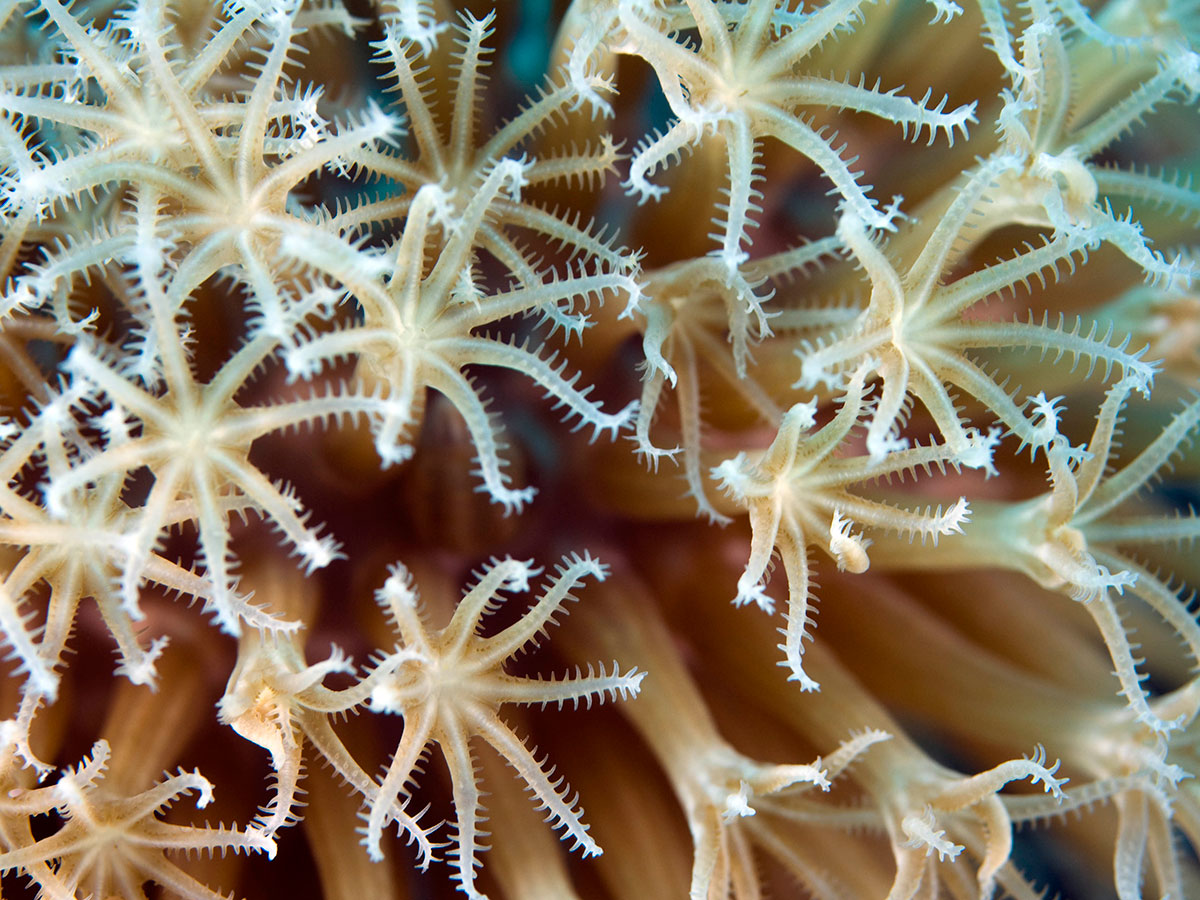Can Coral Grow Inside You Math
The biggest note here is for maximum growth you will need to use lower kelvin ratings such as 6700k while it does not look as good as say 20 000k the lower kelvin.

Can coral grow inside you math. In general corals sponges and the like need a number of conditions to grow and survive. In order to get coral you will have to take a chunk of coral that has already grown and place it securely onto your rock. Red lights are more used for the zooxanthella algae and color pop. Coral naturally generates in coral reef structures found in warm ocean biomes.
If you live near the ocean and go there often the possibility is there. This is a time lapse video of my 75 gallon reef tank over 7 months using a camera mounted to the side to capture cora. Corals prefer clear and shallow water where lots of sunlight filters through to their symbiotic algae. It is possible to find corals at depths of up to 300 feet 91 meters but reef building corals grow.
The coral will then grow on that rock as it. Coral reefs host thousands of species of fish and other animals and contribute to the biodiversity and health of marine ecosystems in the tropics and around the world. It all depends where you are living. Soft corals grown at home from frags.
In 1983 a disease wiped out the sea urchin population throughout the caribbean and coral reefs were badly affected. You can t just grow coral. Produced by christian baker music by audio network corals have long since been in. When using bone meal on dirt coarse dirt sand red sand or gravel in warm ocean biomes coral generates in place of some of the seagrass.
Keep these minimal as high amounts of reds can inhibit coral growth but still present in your lighting for small benefits. Branching and staghorn corals can grow much faster adding as much as 20 centimeters 8 inches to their branches each year. If it was just on vacation or a one time thing it is not very likely. Because sea urchins grazed on the algae that grows on top of coral reefs when they were gone the reefs be.
The short answer is no it is not physiologically possible for coral hydroid or sponge cells to live on or within the human body.


























